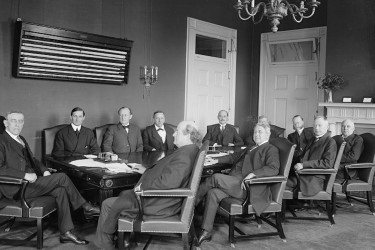Almost fifty years after the slide, former residents are still trying to determine the cause of the slide. In September 2019 at the 50th reunion of the Eastern Kentucky Social Club in Detroit, Michigan, Ezell Gerard Smith remembered the morning of the slide. “Woke up one day and it had slidden off and dropped down… Houses were just gone. It was kind of a smokey-like coming up from the ground as if it had been a mine up under it because about a mile from Sanctified Hill the mountain burnt for all my life. When I lived there for the whole 30 years it would just smolder. My grandfather said that was a mine under there that was still burning.” Although Cumberland was not a coal mining town, it was only a few miles from Benham and Lynch, both historic coal-mining towns.
In “Mapping Black Ecologies,” historian J.T. Roane and anthropologist Justin Hosbey present Black ecologies as a way to interpret Black geographies as “foremost sites of ongoing injury, gratuitous harm, and premature death.” The Sanctified Hill disaster exposed racial inequalities embedded in Appalachian landscapes. By restricting working-class Black people to steep hillsides without city services, Black people were placed in an ongoing state of precarity. The Sanctified Hill disaster exposed the vulnerability of Black people to climate events due to a combination of placement and neglect. Rains impacted Black communities differently than white communities on stable ground. Assessing Black ecologies from the vantage point of Black Appalachian communities adds mountains and hillsides to Black ecologies of “the outside and the bottom.” Smith’s memories add another dimension. Coal mining might have exacerbated the dangerous position of Black communities on steep slopes. Smith remembered the impacts of digging coal could stretch for miles. “When you mine coal, it’s like city blocks. There’s streets and then it’s cut off streets. When you come back, you cut the coal. Let’s say you cut it for six miles, seven miles. You’re at the edge. You come back, you take everything out.” The slide might have been caused by decades of instability, neglect, and segregation.








